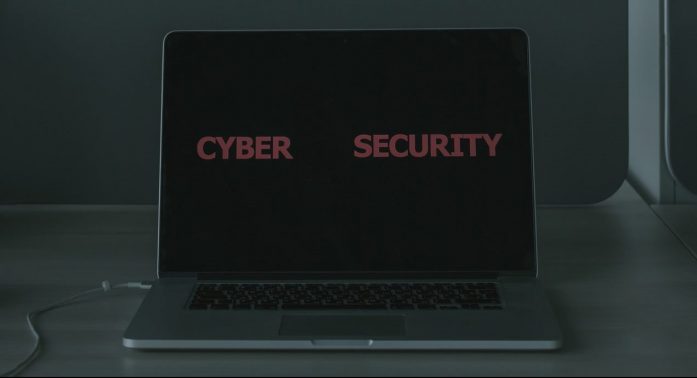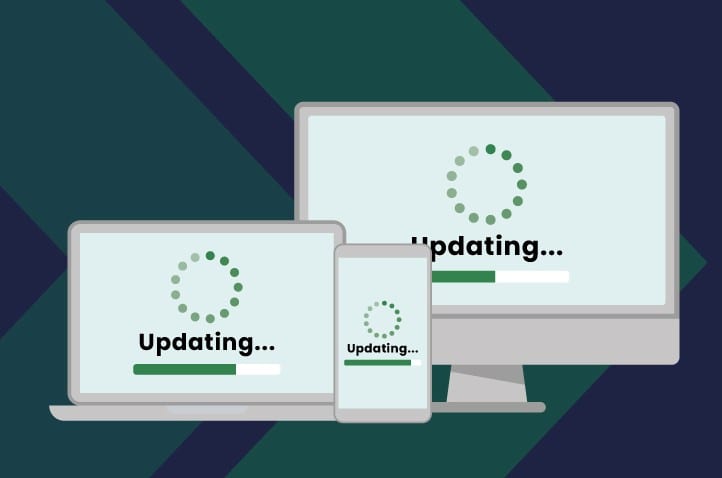With so much to think about, it pays to plan. Here are five simple steps to help you build an effective cyber security audit strategy.
1. Set out the aims of your cyber security audit
It helps to define exactly what you are hoping to get out of a security audit – as well as understanding the threats out there. You should make sure that your aims are realistic. Eliminating all security threats is never going to be possible, but minimising risks, fixing obvious weaknesses, and protecting your most valuable assets are all attainable goals.
2. Make a list of threats
When it comes to cybersecurity, you have to know your enemy and understand where you might go wrong. Before embarking on an audit, you should make a list of the most common security risks. These could include phishing scams, weak passwords and employee errors. Knowing what you’re up against will allow you to perform a more targeted audit. Also think specifically about your organisation’s identity and how it might make you a target. Are you high-profile? Do you operate in a contentious industry? Do you take regular card payments? How might this influence the threats you’ll face?
3. Make an honest assessment of your current IT setup
Before auditing can begin, you need to evaluate your current safety measures (when did you last review your IT)? Honesty is vital here, as playing down you and your team’s weaknesses will only cause more harm in the long run. If you are struggling to give an impartial appraisal, it may be worth calling in an external auditor for this step.

Organisations may find that user education is their biggest security risk
4. Work out your priorities
As mentioned earlier, no cyber security audit can guarantee 100% safety. With limited time and resources, you will need to prioritise. For example, is a network security audit more or less important than reviewing security policy documents? You should weigh up the severity of the threats from step two against the likelihood of them occurring, and then build a strategy based on the results.
5. Come up with solutions
Now you’re ready to take action. Based on your list of priorities from the previous step, you should start to suggest new IT security measures. These should aim to strike a balance between guarding against severe but unlikely threats, and stopping less severe but more common dangers. Remember to consult with your employees throughout this process to make sure that these new measures are realistic on a day-to-day basis.
Cyber Security with Akita
If your organisation has undertaken an IT security review and needs help implementing findings, or you’re not quite sure where to start on your audit, please get in touch with Akita. Our experts deliver industry-leading cyber security solutions, while our consultants can assess the safety of your IT systems and processes.
For more information on a cyber security audit strategy and services:
Find Out more



